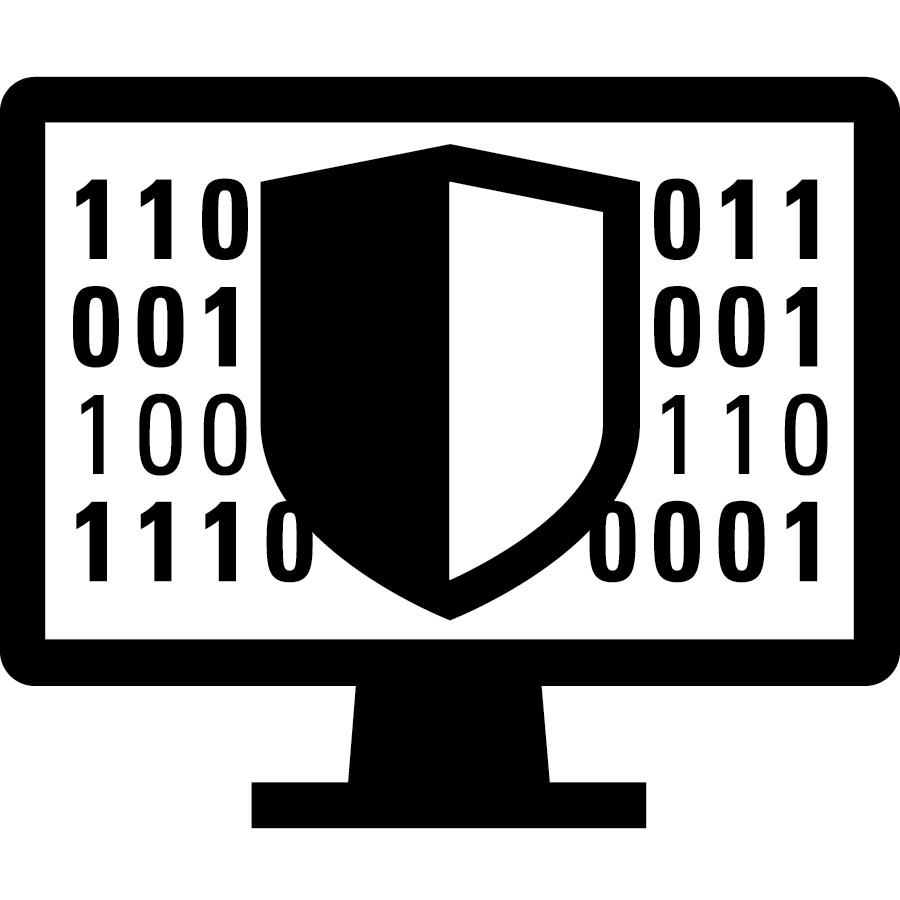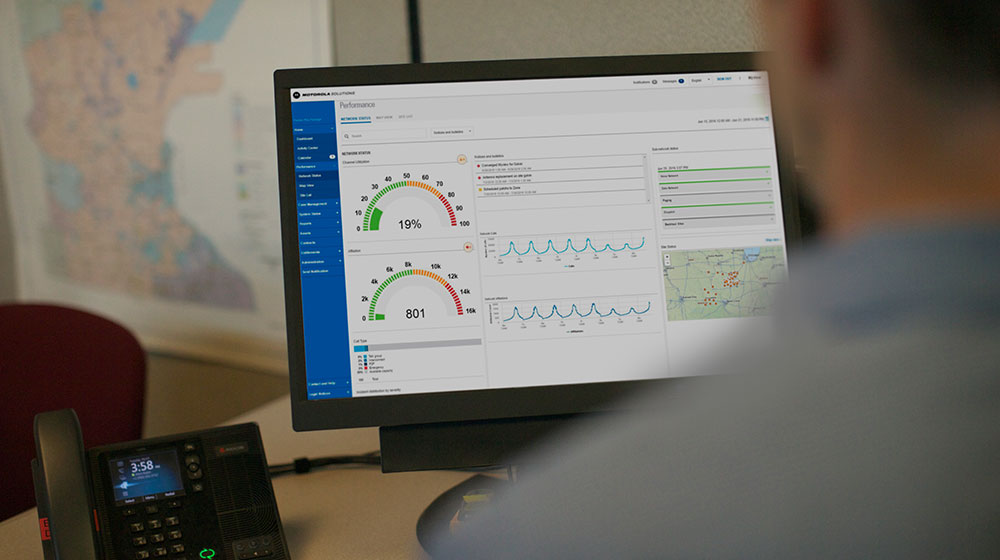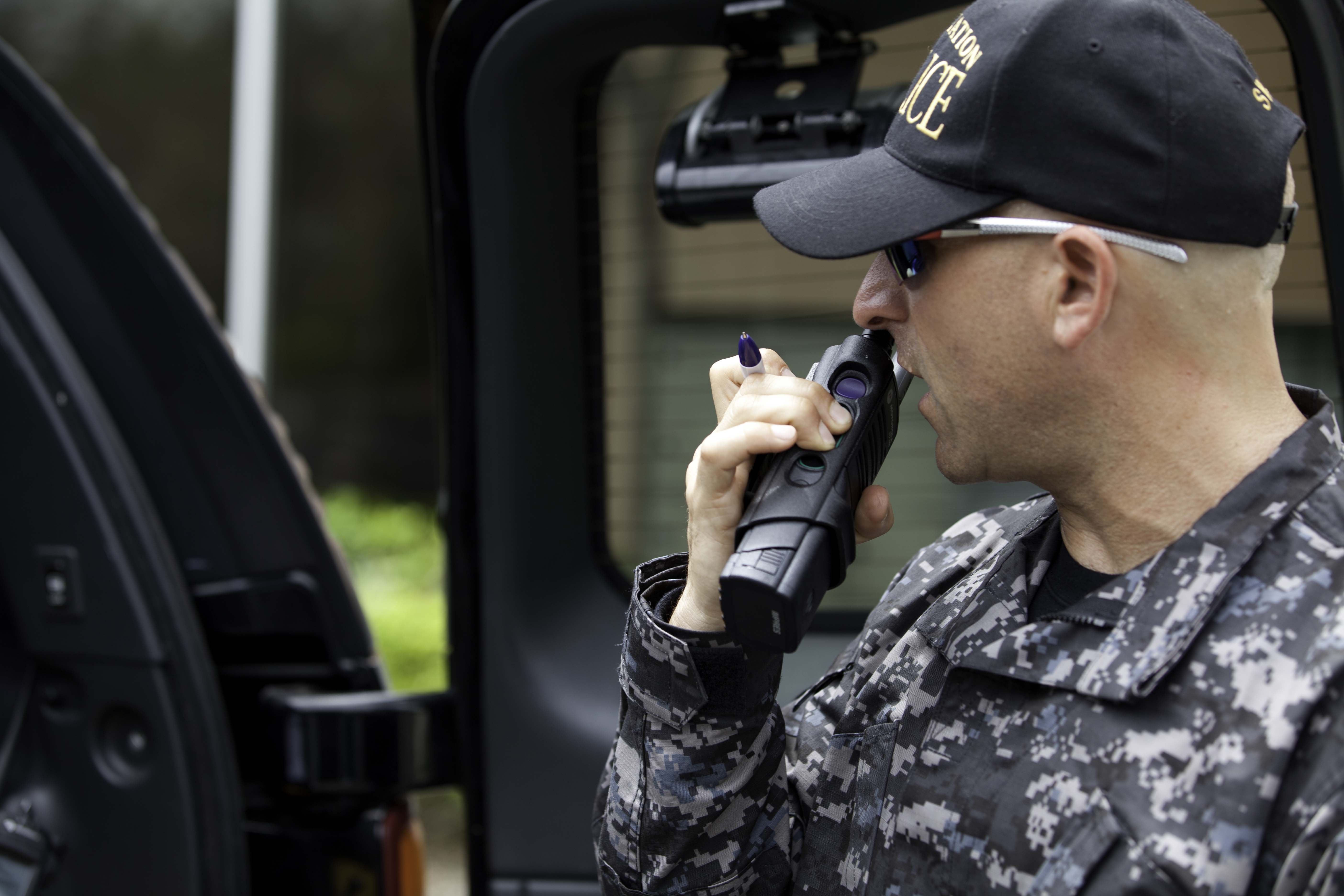Crime analysis is a vital part of effective policing today. It provides law enforcement agencies with valuable insights to inform better decisions, improving safety for the community and making better use of public funds.
What is crime analysis?
Crime analysis (also known as criminal analysis) involves capturing raw data and using advanced crime analysis software to turn it into actionable intelligence. This data is drawn from several sources, including police reports, arrest reports and interviews with victims and offenders.
How does crime analysis benefit the community?
Tactical crime analysis has several benefits for the law enforcement agency and the wider community.
- Informs the identification and apprehension of suspects
- Helps develop strategies to prevent crime
- Allows law enforcement agencies to better evaluate and improve their procedures
- Helps to determine which geographical areas will most benefit from an agency’s services
Applied crime analytics help agencies to use their resources more strategically, make more convictions and develop trusted methods to prevent crime.
What does a criminal analyst do?
A criminal analyst uses trusted techniques to support law enforcement agencies in bringing offenders to justice. Their role includes helping law enforcers by offering the following support:
- Identifying criminal patterns and connections, and developing leads by extracting data and turning it into useful information
- Researching ongoing crime and disorder issues, such as accident hotspots or high-accident locations
- Internal and external communication – analysts provide data-driven insights and presentations to help police departments communicate with the public and government
- Administrative crime analysis – presenting the strategic results of criminal research and analysis to offer long-term proposals for crime to inform police, city governments and citizens
While criminal analysts and intelligence analysts often work together, their roles differ in scope. Crime analysis tends to focus more on immediate, local criminal activity – using data to identify patterns, trends and suspects, in order to aid investigations and help prevent crimes. Intelligence analysis takes a broader approach, evaluating and interpreting data to identify potential threats and inform decisions in areas like national security and military operations. Effective law enforcement relies heavily on both crime and intelligence analysis.
What is crime mapping?
Crime mapping offers a better understanding of an environment by providing a visual analysis of where crimes are occurring and how they are linked geographically. It involves chronological references to people, vehicles, addresses, communications data, CCTV footage and License Plate Recognition (LPR).
Crime mapping helps law enforcement agencies by:
- Helping to identify areas where crime is most prevalent
- Helping law enforcement agencies to develop informed strategies to help prevent crime
- Improving trust between the community and law enforcement agencies by making data transparent
How is GIS used in crime analysis?
Crime mapping software will incorporate a Geographic Information System (GIS) to store, manage, analyze and visualize data. The outcome may take the form of maps, charts, graphs and tables. These analytics create a clear timeline of events and a bigger picture of an incident.
What is crime pattern analysis?
Crime pattern analysis takes the visual picture of crime, created through crime mapping, and examines it to identify consistencies and inform investigations. Analysts use this method to:
- Identify patterns in offender behavior – such as the victims, vehicles or property they are most likely to target
- Identify common offender characteristics associated with a crime – this is known as criminal profiling
- Identify emerging and current trends – including when, where and how often crimes are occurring
- Highlight discrepancies in accounts given by those involved – as well as any gaps which may require further investigation
- Link crimes or incidents and identify criminal activity hotspots
- Create crime scripts – breaking down crimes into a sequence of actions to help determine where prevention may be possible
Effective crime pattern analysis helps police narrow down lists of suspects and develop targeted apprehension strategies, which helps to solve more crimes.
The value of crime analysis
Crime analysis empowers law enforcement agencies to make more informed decisions, optimize resources and enhance public safety. By embracing crime analysis, agencies can better understand and address the complex challenges they face.




